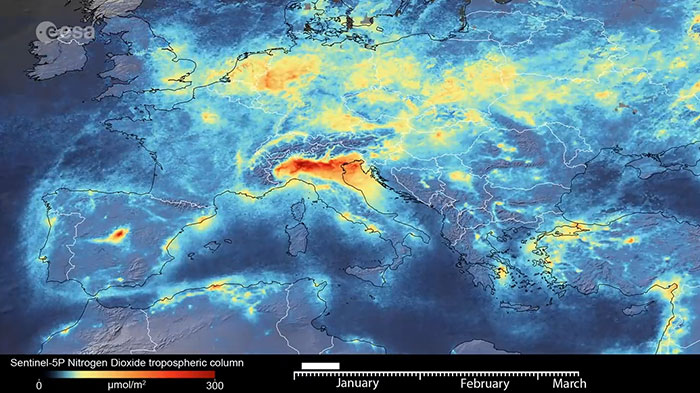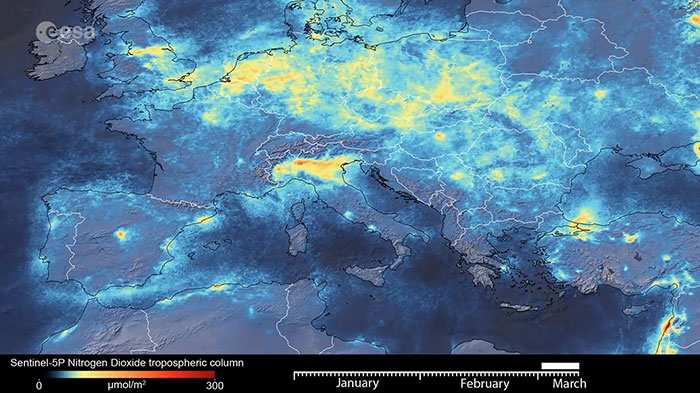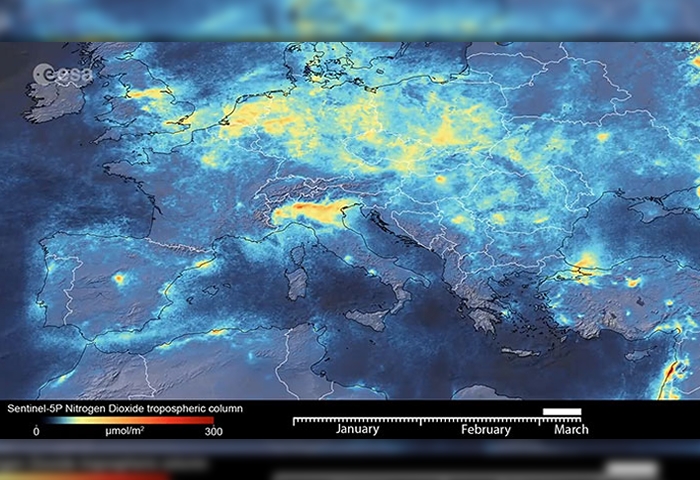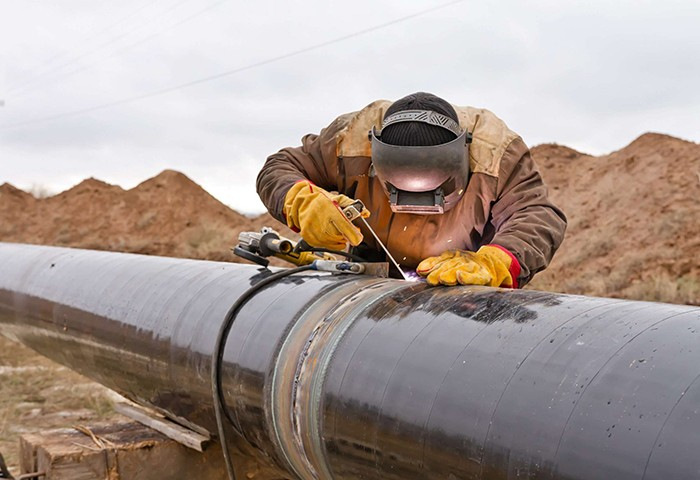The fast-spreading COVID-19 pandemic is getting more overwhelming by the day, with increasing lockdowns, affecting the global economy, shocking the world and causing the deaths of thousands of people worldwide. The number of infected people is constantly on the rise which boosts the need for quarantine.
Italy, as an example, has seen the greatest number of confirmed cases of the virus of any country except China, and it was particularly prevalent in northern Italy. In an attempt to contain COVID-19, the Italian Prime Minister, Giuseppe Conte, ordered northern Italy into lockdown on March 8. This decision affected over 16 million people, restricted travel from, to or within the affected areas, and put a ban on cultural events. Since then, as the situation aggravated and the measures were extended to all parts of Italy.
It might seem hard to reach for something positive out of this dark global situation, however, scientists have finally shared a silver lining – even though it is not cure-related: it’s how the spread of the novel coronavirus has been positively affecting the atmosphere while decreasing air pollution, and possibly even saving lives in the process.
With the second largest number of cases occurring in Italy, and the country putting in place strict quarantine measures, the European Space Agency (ESA), a spacecraft that tracks air pollution in the atmosphere, as well as some independent researchers, revealed that the levels of nitrogen dioxide emissions – a gas mainly emitted by cars, trucks, power plants and some industrial plants – have drastically dropped over Italy after the lockdown due to the spread of COVID-19.
“The decline in nitrogen dioxide emissions over the Po Valley in northern Italy is particularly evident,” explains Claus Zehner, ESA's Copernicus Sentinel-5P mission manager.
“Although there could be slight variations in the data due to cloud cover and changing weather, we are very confident that the reduction in emissions that we can see, coincides with the lockdown in Italy causing less traffic and industrial activities”, he added.
THEN:

NOW:

According to Stanford University environmental resource economist, Marshall Burke, it's very likely that the lives saved locally from the reduction in pollution exceed COVID-19 deaths in China.
“Given the huge amount of evidence that breathing dirty air contributes heavily to premature mortality, a natural – if admittedly strange – question is whether the lives saved from this reduction in pollution caused by economic disruption from COVID-19 exceeds the death toll from the virus itself,” Burke writes. “Even under very conservative assumptions, I think the answer is a clear ‘yes’”, he continues.
Burke calculates that the two months of pollution reduction have probably saved the lives of 4,000 children under 5 and 73,000 adults over 70 in China. That's significantly more than the current global death toll from the virus itself.
Physicist Jos Lelieveld from the Cyprus Institute in Nicosia stated that, “Air pollution exceeds malaria as a global cause of premature death by a factor of 19; it exceeds violence by a factor of 16, HIV/AIDS by a factor of 9, alcohol by a factor of 45, and drug abuse by a factor of 60.”
Images by the US space agency NASA are clear as well. In February, the concentration of nitrogen dioxide (NO2) fell dramatically in Wuhan, China, the epicenter of the COVID-19 pandemic, passing from an indicator that was red/orange to blue. Beijing experienced episodes of pollution owing to fine particles in February, NASA's Earth Observatory reported.
Fei Liu, an air quality researcher at NASA's Goddard Space Flight Center, noted the change in China, saying, “This is the first time I have seen such a dramatic drop-off over such a wide area for a specific event.”

In the Middle East region, as Lebanon entered its second week of confinement over fears of the spread of the coronavirus, Beirut citizens saw the half-full of the restrictions and were very glad to see that the smog over Beirut skies has lifted.
Satellite images show a 70 per cent drop in NO2 (nitrogen dioxide) between November 11 and March 16, one day after the government asked people to stay home. Levels of NO2, a dangerous pollutant released when fuel is burnt, had already dropped by 40 per cent by March 9.
Najat Aoun Saliba, head of the atmospheric and analytical lab at the American University of Beirut said that wind and rain have also played a role, after having collected the NO2 measurements.
“A drop in NO2 can be due to low emissions – a reduction in the number of cars, in this case – or it can be caused by high wind,” she said, adding that the current drop is “definitely a combination of the two”.
Beirut residents took to social media to show how delighted they were to see clearer skies.
“Amazing how quickly the planet can repair itself from the damage we’ve caused,” tweeted Nadine Kheshen, a Lebanese researcher, alongside a picture taken of Beirut on Sunday compared to one taken at the same time last year.

Mrs Saliba’s studies show that around 60 per cent of the Lebanese capital’s pollution is due to traffic and the rest comes from diesel generators. On average, there is one generator connected to every other building.
Because of this, “the overall measure of pollution is expected to be low, but not as low as other cities, for example, in Italy, where everything is in lockdown,” she said.
More detailed measuring of Beirut’s pollution levels cannot be conducted at the moment because university researchers cannot access their air-monitoring stations remotely. The Environment Ministry also installed stations all over the country but stopped monitoring them due to lack of funding last year, said Mrs Saliba.
Before the lockdown, the World Health Organization estimated that the concentration of harmful particles of less than 2.5 micrometers in diameter, that can cause cancer, is three times higher in Beirut than the safe levels recommended by the institution.
In conclusion, reviewed studies measuring the true health impact of reduced emissions are yet to be done. But, with the given figures and what is known on the dangers of widespread air pollution, it’s likely that there will be a direct benefit in the shape of fewer pollution-related deaths.
These preliminary numbers demonstrate that this global health disaster is an opportunity to assess which aspects of modern life are absolutely necessary, and what positive changes might be possible if we change our habits on a global scale.









